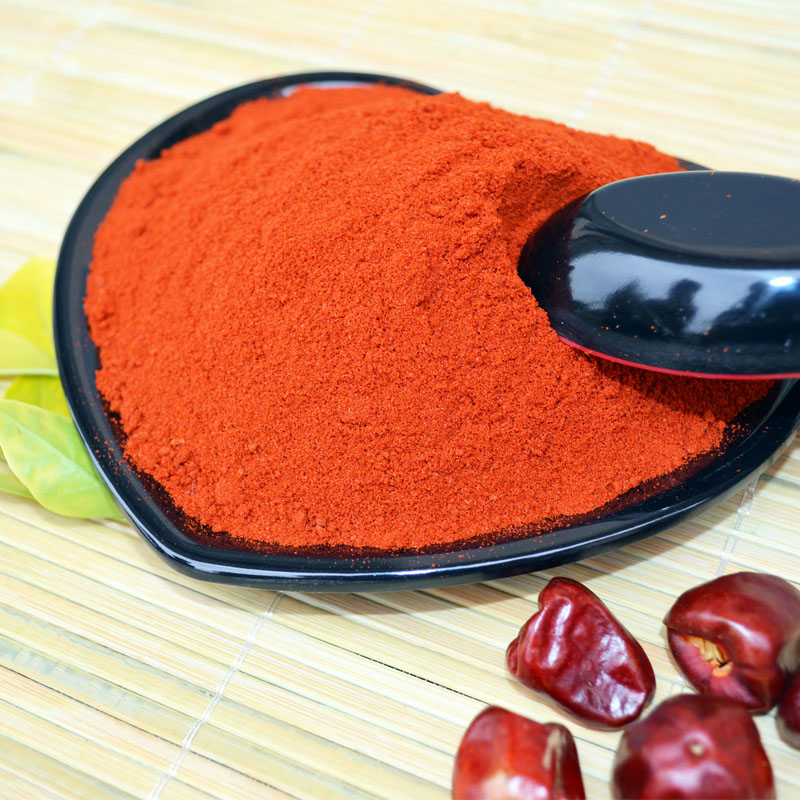- No. 268 Xianghe Street, Economic Development Zone of Xingtai city, Hebei 054001 China
- Byron@hbhongri.cn
smoked paprika and paprika
The Distinctive Flavors of Smoked Paprika and Paprika A Culinary Exploration
Paprika, a vibrant red spice widely used in various cuisines, is derived from ground peppers, primarily from the Capsicum annuum family. Among the many varieties available, smoked paprika stands out for its unique flavor profile and culinary applications. Both smoked paprika and traditional paprika have rich histories and distinct characteristics that make them indispensable in kitchens worldwide.
Understanding Paprika
Paprika, in its most basic form, can range from sweet and mild to hot and spicy. The spice is produced by grinding dried peppers, with its flavor influenced by the specific variety of pepper used, the ripeness at which it is picked, and the processing methods employed. Traditionally, paprika is used to add color and a mild peppery taste to dishes. It is a staple in Hungarian cuisine, known for its role in classics like goulash and chicken paprikash, as well as in Spanish cooking, where it enhances tapas and paella.
The Allure of Smoked Paprika
Smoked paprika takes this beloved spice a step further. Also known as pimentón, it is made from peppers that are smoked and dried over oak wood, imparting a deep, smoky flavor that elevates a variety of dishes. This complexity adds an aromatic layer that is particularly pleasing to the palate. There are three primary varieties of smoked paprika sweet (dulce), bittersweet (agridulce), and hot (picante). Each type offers a distinct flavor profile, allowing chefs and home cooks to choose based on their culinary needs.
smoked paprika and paprika

Culinary Uses
The versatility of smoked paprika is matched only by its traditional counterpart. Smoked paprika is excellent in stews, marinades, and sauces, lending a rich depth that complements meats, vegetables, and grains. It can transform a simple dish into a gourmet experience with just a sprinkling. For instance, it’s a key ingredient in Spanish chorizo, where its smoky notes enhance the sausage's flavor. Adding it to roasted vegetables or potato dishes can elevate them, providing an aromatic depth that is hard to resist.
Traditional paprika, while less smoky, has its own merits. It is commonly used in egg dishes, salad dressings, and as a garnish for various soups. Its mild flavor can brighten dishes without overpowering them, making it an ideal choice for those looking to enhance flavors delicately.
Choosing the Right Paprika
When selecting paprika, whether smoked or regular, it’s vital to consider the quality. Look for vibrant colors and opt for spices stored in airtight containers to preserve their flavor and aroma. Freshness is key, as the potency of paprika can diminish over time.
In conclusion, both smoked paprika and traditional paprika provide unique contributions to the culinary world. While smoked paprika offers a robust, smoky flavor ideal for hearty dishes, regular paprika adds bright color and gentle flavor that can enhance a wide range of recipes. By understanding the differences and applications of these spices, cooks can elevate their dishes, creating an unforgettable dining experience. Whether you're creating a rustic Spanish paella or a comforting Hungarian stew, paprika in its various forms is sure to delight the senses.
-
Turmeric Rhizome Powder: A Golden Treasure from Roots to TableNewsJul.28,2025
-
The Versatile Application Of Crushed Red Hot Peppers: Lighting Up The Red Flames On The Dining TableNewsJul.28,2025
-
The Paprika: A Touch Of Vibrant Red In Color, Flavor, And CultureNewsJul.28,2025
-
Ground Turmeric: A Modern Examination of an Ancient SpiceNewsJul.28,2025
-
Capsicum Liquid Extract: Features, Applications, and ChallengesNewsJul.28,2025
-
Application of Capsicum Liquid Extract in FoodNewsJul.28,2025







